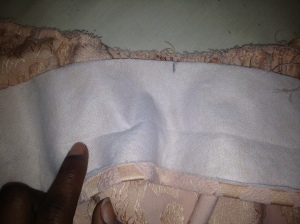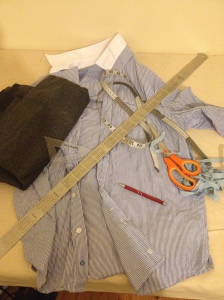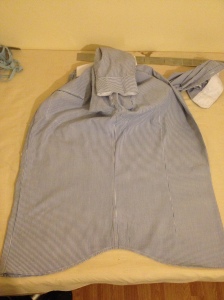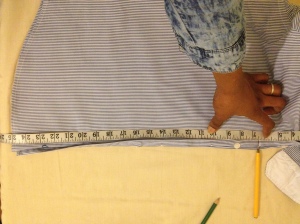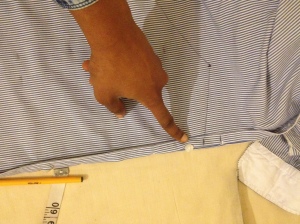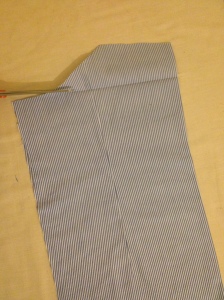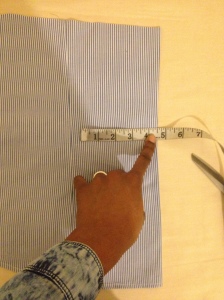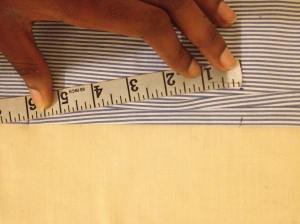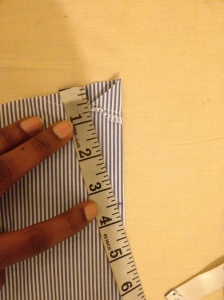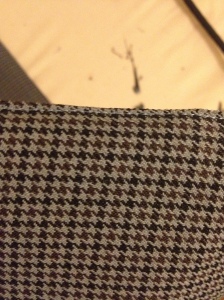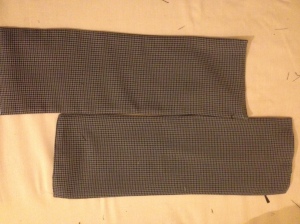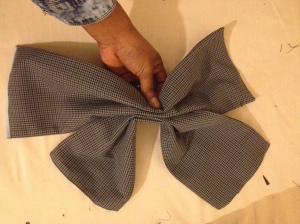6 piece bustier top
Hi there stitchers,
It’s been a while since my last post, but all for good reasons. I have been hard at work setting up my studio!!!! It has been quite difficult working from home; as a devout sewist you will identify with my plight; fabric everywhere, pins all over the house and the sewing equipment’s over spilling their allocated boundaries, oh and not forgetting a patient husband smiling his encouragement through gritted teeth lol. The move out of home was due and very welcomed.
Ok so Christmas is nearly here and I must warn you, I am one of those people who get very merry. I absolutely LOVE Christmas much to the annoyance of everyone around me. With this in mind (the fact that Christmas is around the corner), I decided to do a workshop for a Christmas party dress, there were a few options but the winner was the velvet wrap dress I made on the sewing bee. So before I move on to today’s tutorial, here is a quick breakdown; there are 2 dates available, one in October and one in November, the workshops are 2 days long, both days starting at 10am and finishing at 4pm for more information on what you will need and to book a place, click https://www.kazoova.com/activity/544/ Spaces are selling fast so get in there!!!
Right!! The top I’m showing you how to make today is super sexy and you can embellish it however you choose, I have gone with a black lace and red theme for added va va voom.

You will need:
• Fabric (something stiff 60” by 60” wide)
• Zip
• Steam Iron
• Scissors
• Chalk
• Ruler
Measurements needed (please work in inches):
• Bust
• Underbust
• Waist
• Shoulder to Overbust
• Shoulder to Underbust
• Shoulder to Waist
• Shoulder to Hem
You will need to do some maths, label these measurements as:
• Shoulder to hem – Shoulder to underbust = Blouse length
• 9 inches – Shoulder to overbust = Bust line
• Shoulder to underbust – shoulder to overbust = Underbust line
• Shoulder to waist – shoulder to overbust = Waist line
These are all vertical measurements (our vertical measurements are used as reference marks along which we mark our horizontal measurements)
Method
1. Fold your fabric in half, right side facing in, and press (TIP: always press after every fold). From the top edge measure and mark the blouse length+1.5”, mark in intervals to enable you to draw a straight line across the fabric, cut along this line and set the longer piece of fabric aside.

Fold 1″ of the open edge in towards the folded edge and press; these two opposite ends are now your centre front and centre back, the top is your top seam and the bottom, your hem.
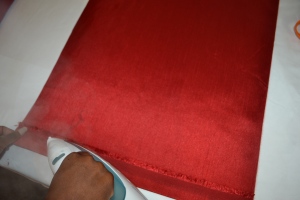
2. Bring the centre front over to line up with the centre back and press

3. From your centre front and back fold, along the top seam measure and mark 4.5”. From the top seam (working vertically) mark the waist line. From the centre front and back fold, along the waist line, mark 4”, along the hem, from the centre folds, mark 6”.
Join these marks with a straight line and cut along the line

4. Take the fabric you put aside, fold it in half again so that you have four layers of fabric. You will now use your centre front panel as a template to cut out your 4 side panels. Lay your centre on the folded fabric and cut around the cut edges only.
Flip the centre front panel so that it mirrors the cut you just made, pull it one inch towards the edge you just cut and cut around the cut edge again,
(these 4 panels you just cut will be slightly smaller than the unfolded centre panel. It will now look like this:
5. Sew one of the side panels to each side of the centre panels, press only the sewn seams (do not press out the centre front or back folds.
Now you have one front piece made up of 3 panels and 2 back seams made up of 4 panels. Back in their centre folds, lay your front piece on top of the back piece.
6. from the centre folds from the top seam, measure down 2-4″ and mark (this is for the sweetheart dip so make it as low or as high as you like). from that mark, draw a line that slopes up towards the joining panels at the top seam. From the top seam measure down the bust line (this is a reference mark) along this mark, divide your bust measurement by 4 + 2″ and mark, from the mark you just made draw a straight line 2″ long towards the centre fold. Connect the end of this line and the panel joining along the top seam with a diagonal line, it should now look like this along the top
7. With the head of your tape lined up with your top seam, mark your underbust line and your waist line; these are reference marks (remember the maths you did earlier, this is what I am referring to)
8. You will now mark your horizontal measurements along these vertical marks you just made, always remember that you are measuring from the centre folds. Quarter your, underbust and waist measurements, add 2 inches to each of these and mark this along the corresponding reference mark, join these marks with straight lines and from the waist mark slant your line to the corner of the hem. Cut around your lines through all layer (but when cutting along the sweetheart line, only cut the front layer)
* notice I have drawn a different neckline for the back. I have made it much lower, you can also make it straight along the bustline in the back.
9. Follow the darting steps in my Shirt Challenge Post (http://chinelobally.com/2014/02/26/the-shirt-challenge-my-giant-bow-boob-tube-tutorial/)
When you have sewn your darts. Place your pieces on fabric folded in the same was in the centre. Use your pieces as templates to create facings for your top.

Interface your facing pieces and sew them to the matching section of your top.
Turn your facings out, top stitch the seam excess to the facing and press
Insert your zip into the back (I have use an invisible zip)
Lay the front of the top on top of the back matching the centre waist lines. you will now pin the sine seams ready for sewing, ensure that the pieces are completely flat at waist and bust level, this will mean that the side seams to match up but this is fine.
divide your bust measurement by 4 and mark this along the bust line from the centre of the top, like the picture below. so this for the underbust and waist also
Join your marks with a line, this will be the line you sew along.
Copy this seam allowance to the other side and sew your top together
Here is my finished product!!! I have embellished the neckline with some trimmings from scraps of black guipure lace I had left over from another project
As always I would really love to see your attempt at this. Please send me any questions you may have and I will endeavour to reply as soon as I can
lots of love
Chinelo
xxx
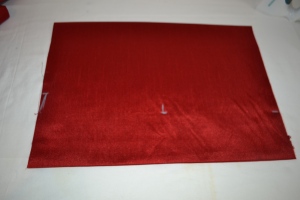
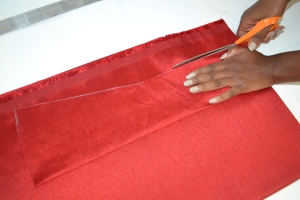
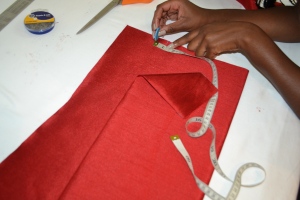
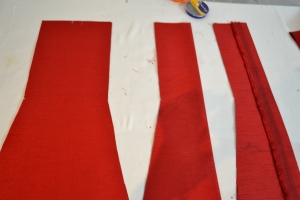





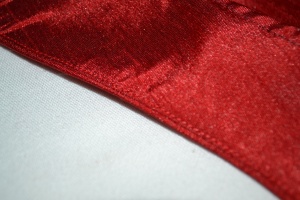
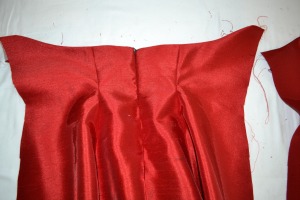
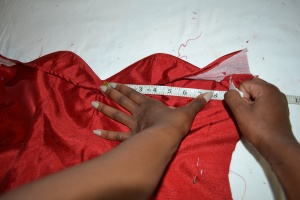

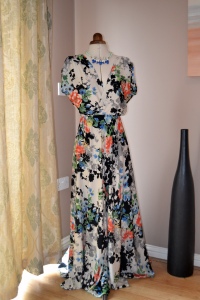
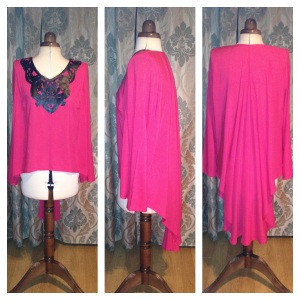


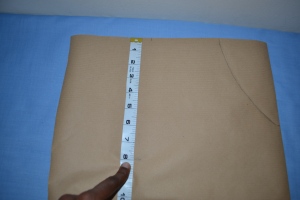
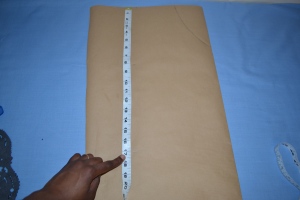
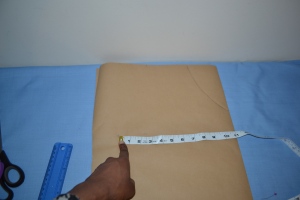




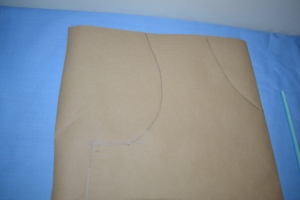
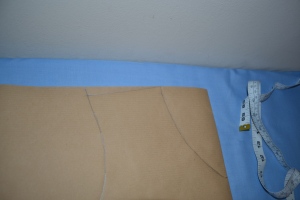

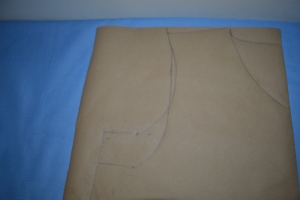


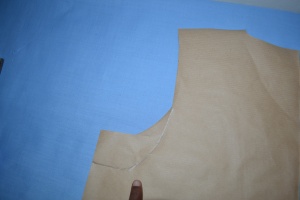


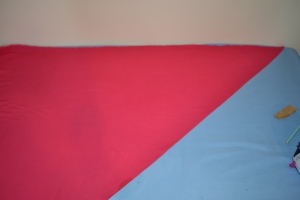

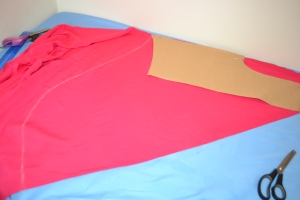
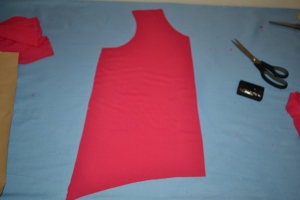

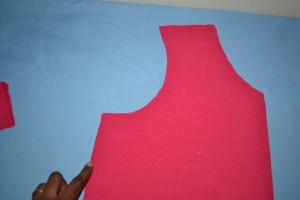



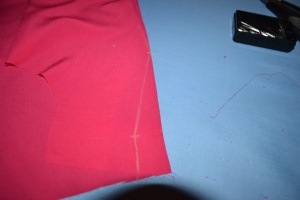

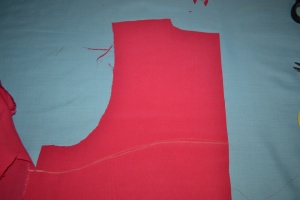

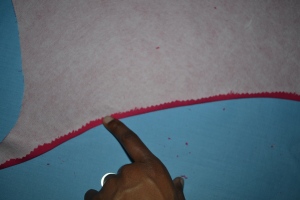
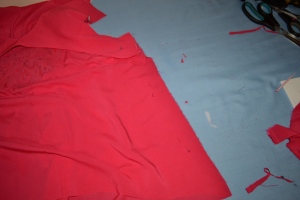
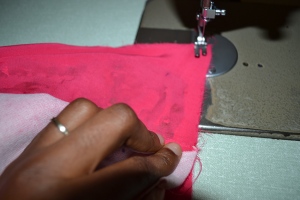
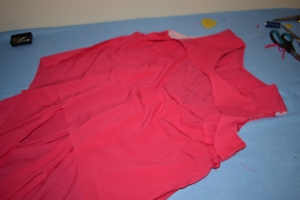


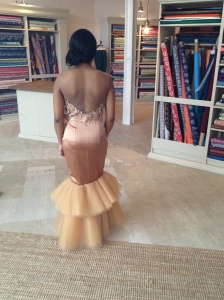
![IMG_2473[1]](https://chinelobally.files.wordpress.com/2014/03/img_24731.jpg?w=225&h=300)















